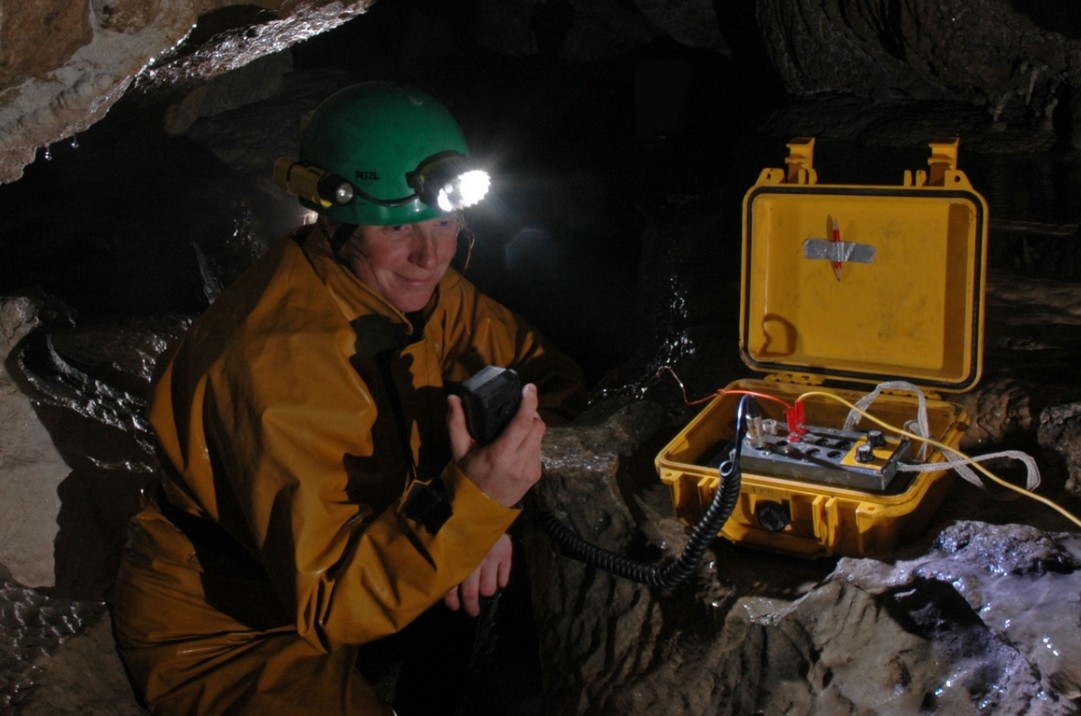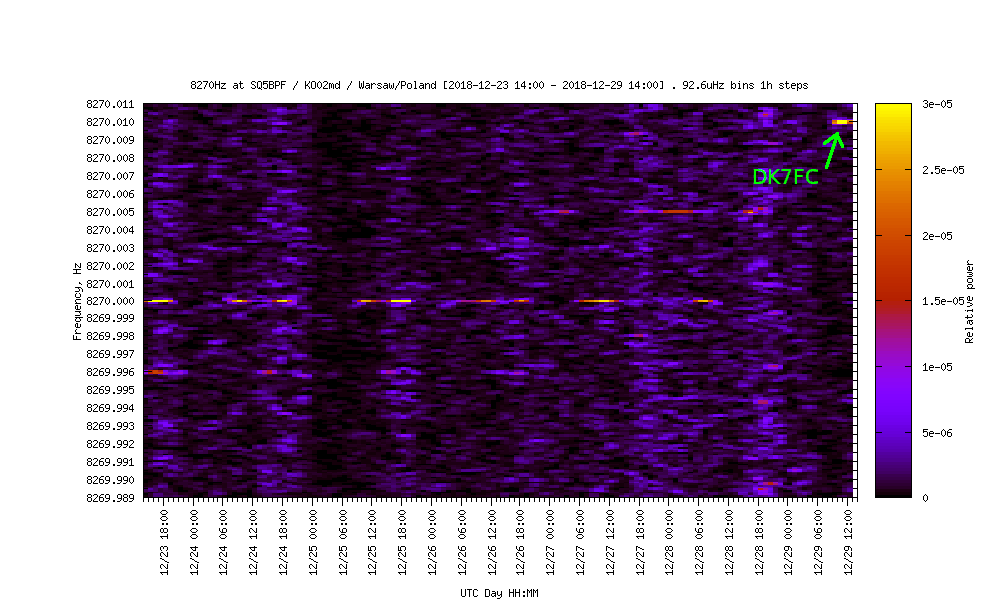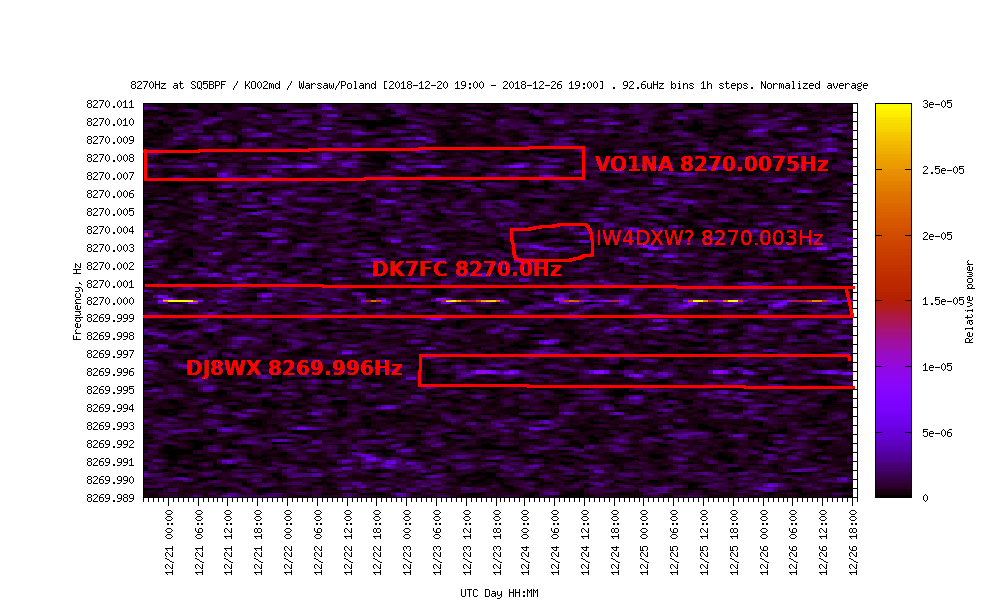In 2019 i’ve written that the SQ5BPF grabbers will be temporarily offline and should return in winter 2019. Unfortunately this “moment” got extended to august 2021.
Now, finally, I’m trying to reactivate them, The VLF antenna has been installed again. For now I’ve activated the ZEVS 82Hz and VLF 8270Hz grabbers. Because of changes in vlfrx-tools noiseblanker from versions 0.6 to 0.9, i will be trying to find the parameters for best reception, so please stay tuned, the grabbers might not be operating at their best right now.
The rest of the grabbers will be activated shortly.
As before, i’m recording the while 0-24kHz bandwidth, and keeping the recordings for a few days. They can be provided to interested parties upon request (for scientific reasons etc).




